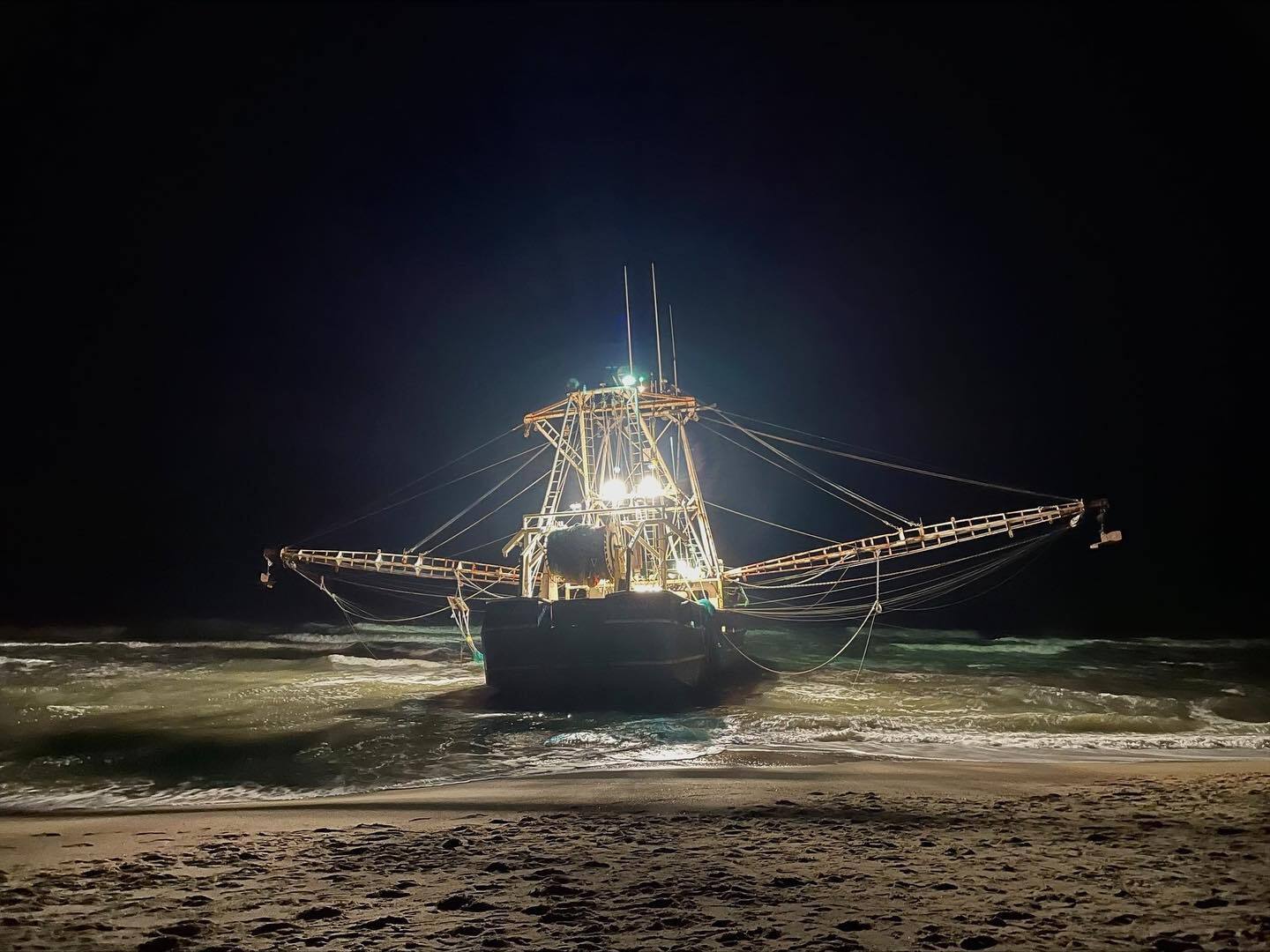Secrets Of North Carolina’s Outer Banks Shipwrecks

Have you ever wondered why North Carolina's Outer Banks are called the "Graveyard of the Atlantic"? This stretch of coastline holds a mysterious allure, with over 3,000 shipwrecks resting beneath its waves. These shipwrecks tell stories of pirates, hurricanes, and naval battles. The Outer Banks offer a unique glimpse into maritime history, attracting divers, historians, and curious travelers alike. Imagine exploring underwater ruins, each with its own tale of adventure and tragedy. Whether you're a seasoned diver or just love a good story, the shipwrecks of the Outer Banks promise an unforgettable experience. Ready to dive into history? Let's uncover the secrets hidden beneath the waves.
Secrets of North Carolina's Outer Banks Shipwrecks
The Outer Banks of North Carolina, a string of barrier islands, has a rich maritime history. Known as the "Graveyard of the Atlantic," this area has seen countless shipwrecks over the centuries. Let's uncover some of the most fascinating shipwrecks that lie beneath these waters.
The Wreck of the USS Huron
The USS Huron, a post-Civil War ironclad, met its fate in 1877. This shipwreck is a haunting reminder of the dangers faced by sailors.
- Location: Near Nags Head, close to the shore.
- Significance: The wreck led to the establishment of the U.S. Life-Saving Service.
- Visibility: Often visible from the beach during low tide.
- Diving: Popular spot for divers due to its shallow depth.
The Carroll A. Deering Mystery
The Carroll A. Deering, a five-masted schooner, ran aground in 1921. Its crew vanished without a trace, sparking numerous theories.
- Location: Diamond Shoals, off Cape Hatteras.
- Significance: One of the most famous maritime mysteries.
- Condition: Only the bow and stern remain.
- Theories: Piracy, mutiny, and the Bermuda Triangle have all been suggested.
The Laura A. Barnes
The Laura A. Barnes, a four-masted schooner, wrecked in 1921. This shipwreck is easily accessible and offers a glimpse into the past.
- Location: Coquina Beach, near Bodie Island.
- Significance: Represents the perilous nature of coastal trade.
- Visibility: Often visible from the beach.
- Diving: Suitable for snorkelers and beginner divers.
The Mirlo Rescue
The British tanker Mirlo was torpedoed by a German U-boat in 1918. The heroic rescue of its crew is a tale of bravery.
- Location: Off Rodanthe.
- Significance: One of the most daring rescues in maritime history.
- Condition: Scattered remains on the ocean floor.
- Legacy: The rescue earned the U.S. Coast Guard gold medals for bravery.
The Oriental
The Oriental, a Federal transport steamer, sank during the Civil War in 1862. This wreck is a favorite among history buffs.
- Location: Off Pea Island.
- Significance: Played a role in the Union blockade.
- Visibility: Parts of the wreck are visible from the beach.
- Diving: Accessible for experienced divers.
The Metropolis Disaster
The Metropolis, a passenger steamer, wrecked in 1878. This tragedy led to significant changes in maritime safety regulations.
- Location: Near Currituck Beach.
- Significance: Highlighted the need for better safety measures.
- Condition: Remains are scattered and difficult to locate.
- Impact: Prompted the creation of more life-saving stations.
The Pocahontas
The Pocahontas, a Confederate blockade runner, sank in 1862. This wreck is a testament to the daring efforts of the Confederacy.
- Location: Off Ocracoke Island.
- Significance: Part of the Confederate supply chain.
- Visibility: Mostly submerged, visible during low tide.
- Diving: Popular with experienced divers due to strong currents.
The San Delfino
The San Delfino, a British tanker, was torpedoed by a German U-boat in 1942. This wreck is a somber reminder of World War II's impact on the coast.
- Location: Off Cape Hatteras.
- Significance: Part of the Battle of the Atlantic.
- Condition: Largely intact, lying on its side.
- Diving: Suitable for advanced divers due to depth and currents.
The Kyzikes
The Kyzikes, a Greek freighter, ran aground in 1927. This wreck is a lesser-known but intriguing site.
- Location: Near Ocracoke Inlet.
- Significance: Represents the international nature of maritime trade.
- Condition: Broken up, with parts scattered along the seabed.
- Diving: Accessible for intermediate divers.
The Hesperides
The Hesperides, a Spanish galleon, sank in the 16th century. This ancient wreck is shrouded in mystery and legend.
- Location: Off the coast of Cape Lookout.
- Significance: One of the oldest known wrecks in the area.
- Condition: Mostly buried under sand.
- Diving: Rarely visited due to its elusive nature.
Dive into History
North Carolina's Outer Banks shipwrecks offer a unique glimpse into maritime history. These underwater relics tell stories of adventure, tragedy, and resilience. Exploring these sites, you can uncover the secrets of vessels that once sailed the Atlantic. From the USS Monitor to the Huron, each wreck has its own tale. Snorkeling or diving, you'll find a treasure trove of marine life and historical artifacts. The Graveyard of the Atlantic Museum provides context and enriches your experience. Visiting these shipwrecks isn't just about adventure; it's about connecting with the past. Whether you're a history buff or an underwater explorer, the Outer Banks shipwrecks promise an unforgettable journey. So, pack your gear, head to the coast, and dive into history. The stories waiting beneath the waves are worth the trip.

